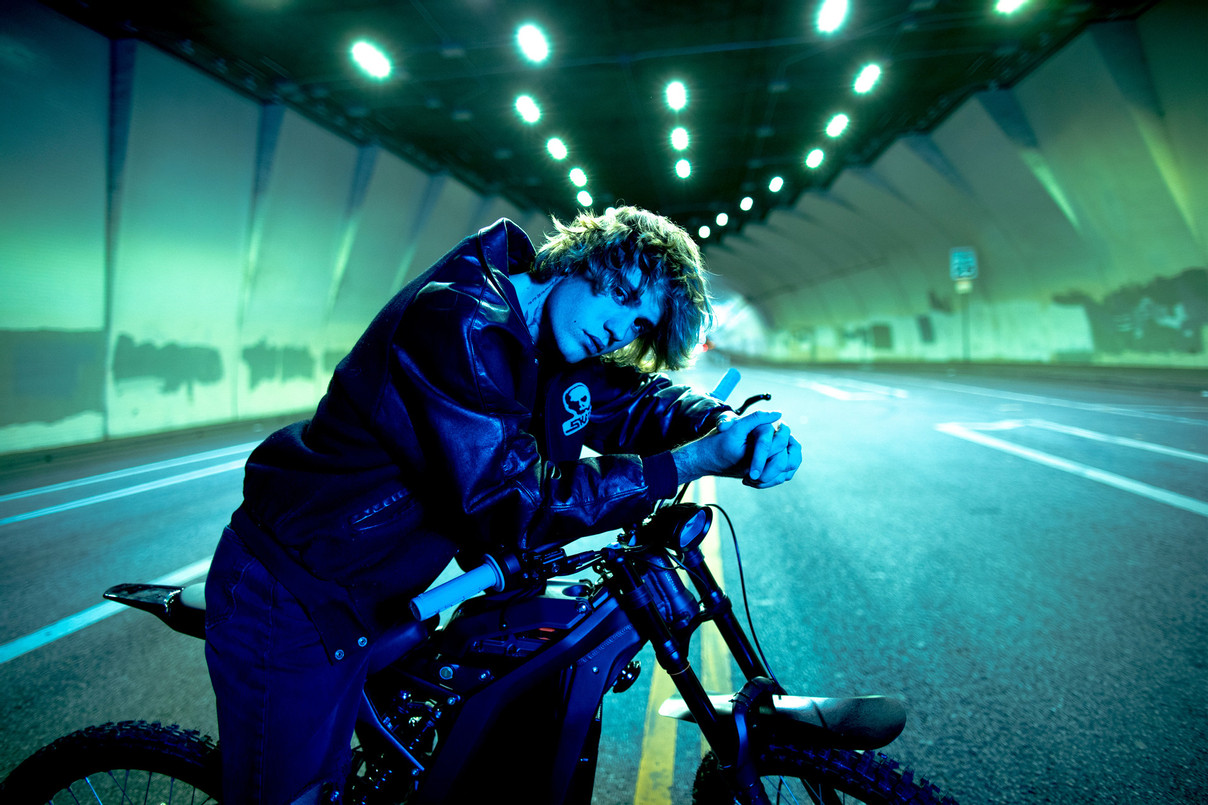Last June, beauty influencer EnjoyPhoenix recounted in a video published on his Youtube channel suffer fromacne rosacea. And it is not the only one, since this skin condition affects 4 million people in France according to the French Society of Dermatology.
Rosacea should not be confused with acne, the origin of which is hormonal. It mainly affects adults between 30 and 50 years old, especially those with fair skin and blond hair. This is why its prevalence is higher in Sweden and Estonia than in France and Italy.
Certain factors favor its occurrence – exposure to the sun, hot drinks, alcohol, spices, etc. – due to the vascular component of this disease. The small vessels in the face dilate, which generates flushs occasional or persistent. In more severe cases (stage 3), pimples appear. “They can be uniformly red (papules) or have a white head (pustule)”, specifies the dermatologist Nina Roos, author of
Healthy skin
(Solar ed.). In one in three patients, ophthalmic signs are also present: dry eyes, itching in the eyes …
The multiple causes of acne rosacea
Rosacea is a chronic inflammatory condition that seems to be passed from generation to generation. In 2015, American dermatologists from the Stanford Faculty of Medicine identified two genes that confer increased susceptibility to these skin manifestations.
Read also:
How to blur the sebaceous filaments? –
“The presence of certain microorganisms in the skin – Demodex – is also incriminated “, underlines the dermatologist. recent tracks seem to indicate a link with an imbalance of the gut microbiota. By supplementing patients with appropriate probiotics, rosacea symptoms actually seem to subside.
An often overlooked psychological impact
“As this disease is not life-threatening, it is still poorly managed while its psychological repercussions can be significant”, notes the Dr Jacques Savary, dermatologist. Many patients indeed suffer from depressive disorders and social rejection. Beyond the unpleasant sensations of burning and tightness, they lose self-confidence.
During relapses, 17% even avoid going out and 15% refuse to go to the swimming pool, according to a survey by the Galderma laboratory conducted in six countries with 600 patients and 400 doctors. While treatments exist, 90% believe that their condition is only partially or not at all controlled.
Case-by-case treatments
Treatments differ greatly from patient to patient depending on the form and severity of their rosacea. In the presence of pustular lesions, local or tablet antibiotics are often prescribed. Applying a pest control lotion or cream can also help control flare-ups and prevent recurrence.
New creams with 1% ivermectin give even better results. A clinical trial carried out in 2016 at the University of Bordeaux showed that it suppresses the inflammatory lesions of rosacea in 12 weeks.
In case of disabling redness, the vascular laser is a good option to counter the dilation of the blood vessels of the face. A single session is sometimes sufficient. Local vasoconstrictors may also be provided, such as brimonidine gel, to reduce the diameter of the vessels.
And to minimize the reactivity of your skin and prevent inflammatory outbreaks, you shouldn’t choose your cosmetics blindly. Products dedicated to reactive skin must only be used. Several ranges formulated with thermal water exist on the market. To be applied daily to the entire face to strengthen the wall of fragile vessels and reduce the impact of climatic variations liable to aggravate redness.
Read also:
-
Junk food, stress, menstruation, mask … How to avoid pimples?
-
Psoriasis: what treatments for redness and itching?
–
–


